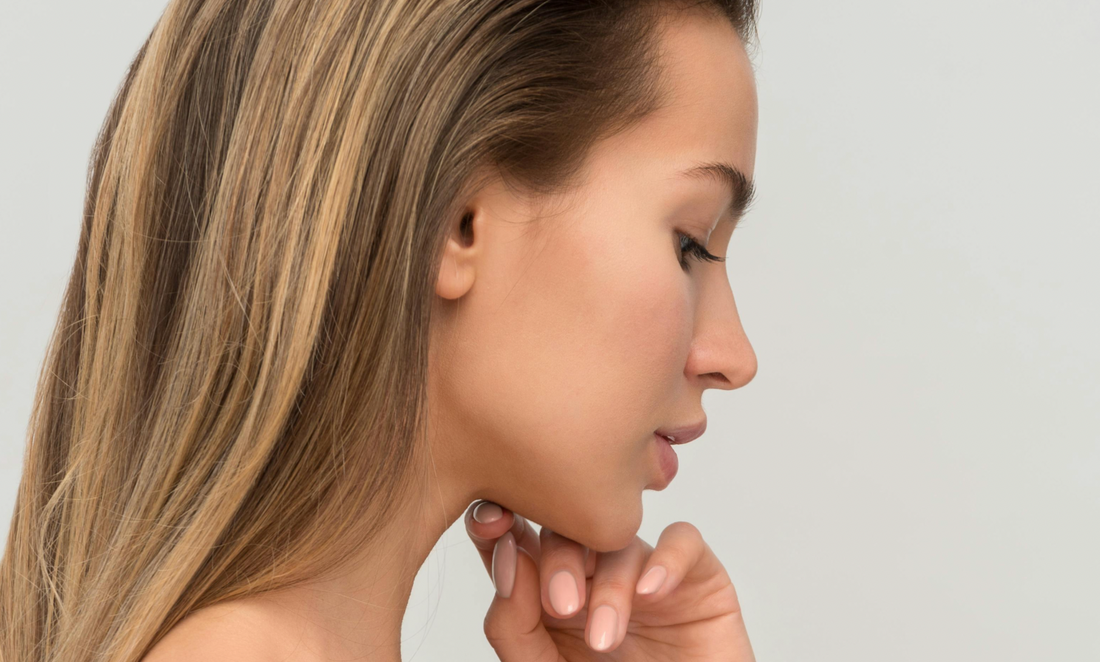
The Science of Hydration: How to Moisturize for Optimal Skin Health
Share
The Science of Hydration: How to Moisturize for Optimal Skin Health
Hydration is the cornerstone of any skincare routine. It is essential not only for maintaining skin health but also for ensuring that the skin remains resilient against environmental stressors and aging. This comprehensive guide explores the science behind moisturizing, the different types of moisturizers available, and how to choose the right one for your skin type.
Understanding the Importance of Skin Hydration
Skin hydration is crucial because it helps maintain the integrity of the skin's barrier function. This barrier protects against pathogens, irritants, and pollutants, while keeping moisture locked in. When your skin is properly hydrated, it appears plumper, more resilient, and more vibrant. Conversely, dehydrated skin can look dull, feel tight, and become more prone to irritation and wrinkles.
The Role of the Stratum Corneum
At the forefront of our skin's defense system is the stratum corneum, the outermost layer of the epidermis. It consists of dead skin cells bound together by lipids, which are natural fats that help prevent water loss. Maintaining this barrier is vital; when it's compromised, the skin becomes dry and susceptible to damage.
Types of Moisturizers
Choosing the right type of moisturizer depends on understanding the ingredients they contain and how they work to promote hydration.
1. Occlusives
Occlusives are agents that create a physical barrier on the surface of the skin to prevent water loss. They are particularly beneficial for very dry or damaged skin. Common occlusives include petroleum jelly, waxes, and silicones. These are ideal for use at night or during cold, dry weather when the skin naturally loses more moisture.
2. Humectants
Humectants attract water molecules from the environment into the skin’s surface, increasing its moisture content. Ingredients like glycerin, hyaluronic acid, and propylene glycol are popular humectants found in many skincare products. They are best used in humid climates where there is enough moisture in the air to be drawn into the skin.
3. Emollients
Emollients fill in the gaps between skin cells that are missing moisture, smoothing and softening the skin. They are often lipid-based, including ingredients like lanolin, jojoba oil, and ceramides. Emollients are particularly effective for normal to dry skin, helping to improve the skin's texture and flexibility.
How to Choose the Right Moisturizer for Your Skin Type
For Oily Skin
People with oily skin often hesitate to use moisturizers for fear of exacerbating oiliness. However, hydration is still essential. Opt for a lightweight, non-comedogenic moisturizer, preferably with a gel-based formula that contains humectants like hyaluronic acid which hydrate without adding extra oil.
For Dry Skin
Dry skin requires a more robust approach to moisturizing. Look for a cream or ointment that combines occlusives and emollients to lock in moisture and repair the skin barrier. Ingredients like shea butter and ceramides are beneficial as they provide deep hydration and restore lipid barriers.
For Sensitive Skin
If your skin is sensitive, choose products that are free from fragrances, alcohol, and other irritants. Moisturizers with soothing components like aloe vera or chamomile can also be beneficial. Always perform a patch test before trying a new product to ensure it doesn't cause a reaction.
For Combination Skin
Combination skin can be tricky to moisturize correctly because some areas may be oily while others are dry. Use a lightweight, non-comedogenic moisturizer across the whole face, and apply a thicker cream or balm to particularly dry or flaky areas.
Application Tips for Optimal Hydration
Timing Matters
The best time to apply moisturizer is right after cleansing, while the skin is still damp. This helps to lock in moisture and ensures that the skin remains hydrated. Morning and evening applications are recommended, with a heavier emphasis on richer products at night when the skin undergoes repair.
Technique
When applying moisturizer, use gentle, upward strokes. This method avoids pulling on the skin, which can exacerbate wrinkles and sagging. Ensure that you extend the moisturizer to the neck and décolletage areas, which are often neglected in skincare routines.
Lifestyle Considerations for Hydrated Skin
Beyond topical products, hydration starts from within. Drinking adequate amounts of water daily is crucial for maintaining overall skin hydration. Nutritional intake also plays a role; diets rich in omega-3 fatty acids, vitamins A, C, and E, and antioxidants help nourish the skin from the inside out.
Furthermore, managing external factors such as reducing exposure to harsh climates, using a humidifier in dry environments, and avoiding over-washing the skin can also prevent dehydration and maintain optimal skin health.
Analysis
Moisturizing is an essential step in maintaining skin health and vitality. By choosing the right moisturizer for your skin type, applying it correctly, and making appropriate lifestyle adjustments, you can ensure that your skin remains hydrated, resilient, and beautiful. Remember, a well-hydrated skin is a healthy skin, so invest time in finding the right moisturizer and integrating it into your daily skincare regimen for the best results.
Shop Goddess by Kay skincare for optimal hydrating and moisturizing products your skin will thank you for.
